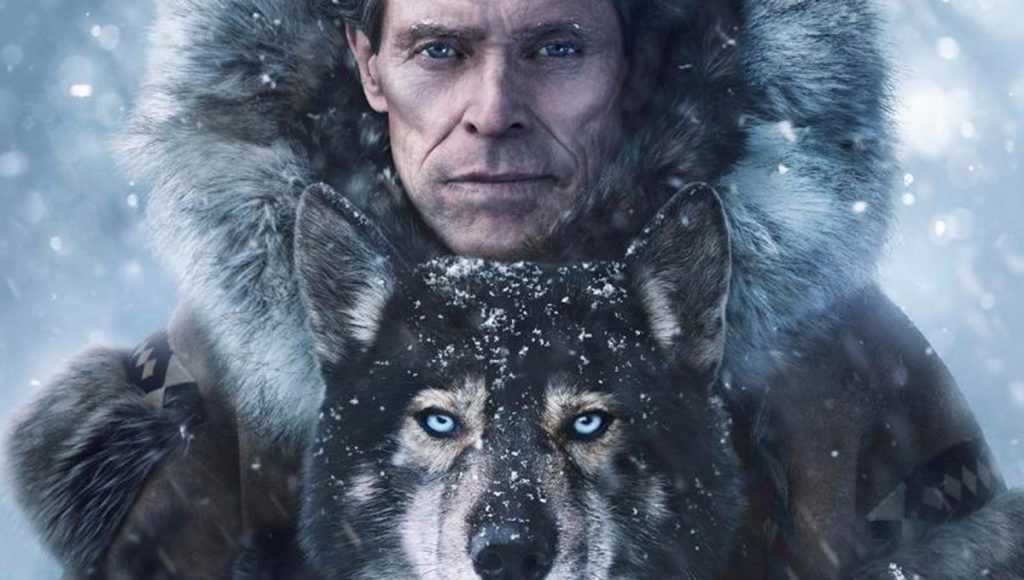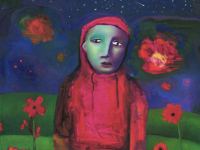
 Dog-sled runner Leonhard Seppala (Willem Dafoe) must traverse across a tumultuous Alaskan tundra to retrieve a serum that will save his small town Nome from a Diphtheria outbreak. Leading Seppala’s pack is his faithful but ageing Siberian husky Togo, whose wit and intelligence is needed to complete the mission, though at great risk to his life.
Dog-sled runner Leonhard Seppala (Willem Dafoe) must traverse across a tumultuous Alaskan tundra to retrieve a serum that will save his small town Nome from a Diphtheria outbreak. Leading Seppala’s pack is his faithful but ageing Siberian husky Togo, whose wit and intelligence is needed to complete the mission, though at great risk to his life.
To call Togo a true underdog story is more than just a bad pun. Based on the 1925 serum run to Nome, some may know parts of this tale from the more famous dog Balto and Amblin Entertainment’s 1995 film of the same name. Togo, however, is not only an underdog tale of a man and his dogs facing impossible odds – Togo is a film that aims to make people aware of an unsung hero who has gone unrecognised for decades. While Balto and his runner did play a significant part in the relay that saved a town from epidemic (how timely), Leonard Seppala and Togo went to incredible lengths (in every sense of the word) and saw little limelight. It is fitting that a film about underdogs is itself an underdog vying to raise awareness of this heroic truth. It helps, then, that Togo is one of the finest films I’ve seen on streaming in a while.
Interestingly, Tom Flynn’s screenplay doesn’t quite play out how one would expect this kind of story to. While many of the comforting trappings are there, the nature of Seppala and Togo’s story means that certain parts of the narrative see a different focus. Rather than a straightforward race to the finish, Togo is just as much about the central relationship between Seppala and his dog as it is about their journey. Flynn also makes the potentially ruinous decision to intercut the narrative of the serum run with scenes of Seppala and his wife Constance (Julianne Nicholson) raising Togo as a scrappy pup. In a lesser movie, such back-and-forth threatens to mess the pacing, but Flynn, director Ericson Core and editor Martin Pensa ensure that each scene embellishes the other. Watching Dafoe play the two periods of Seppala’s life is as heart-warming as it is engaging – intercutting his reluctance to raise the lively and often mischievous runt in the past, with his unrelenting belief in Togo leading the dangerous mission in the present.
The two periods also give Core (who is also credited as sole cinematographer) the opportunity to visualise one utterly mesmerising image after another. Alaska is presented in all its beauty here, from the warmer stretches of farmland and hills in Seppala’s past to the snow-torn town of the present. This is without mentioning the deep teals, dark navies and icy blues of the landscape that Seppala, Togo and company traverse on their run, with Core making every landscape look as unforgiving as it is spectacular. There is a palpable sense of realism and depth to the landscapes, it is breathtaking for a film that has come straight to home-viewing (and an even greater example of how important a good home cinema set up is nowadays!) Some viewers may, however, find Core’s post-production decisions a little distracting; there is frequent use of vignette, blurring the edges of certain frames as though the cold is freezing the sides of the picture. There’s also a canvas-like texture to the film-grain applied, making some backdrops look like oil paintings in 4K HDR. I found this somewhat distracting at first, but quickly fell for the visual experience Core is aiming for, ending the film totally enamoured with its unique look. Combined with the convincing set design and CG work, it gave the film a richer, more historical texture.
The final pillar holding this all together is a wonderfully grounded performance from Dafoe, who continues to prove why he is one of our generation’s finest and most dedicated actors. He gives Seppala a wonderfully ranged disposition, from the stalwart and embittered labourer of the flashbacks, to the determined and loving hero figure of the present. Nicholson is equally as engaging as his strong-willed, proactive partner Constance, and Game of Thrones actors Michael McElhatton and Richard Dormer make for solid support as Nome co-founder Jafet Lindeberg and Dr Welch, respectively. Core and his team also prove more than capable of getting exceptional performances from the dogs, with scenes of the young Togo being resoundingly well executed. The convincing portrayals of Togo and the dog team often prove to be the linchpin in a series of nail-biting action scenes set on the serum run, namely a heart-pounding scene set on a steep hill decline and two complimenting scenes on a treacherous body of ice. All of which are filmed, choreographed and edited in such a tense way that in moments I couldn’t help but watch through my hands.
I genuinely can’t recommend Togo enough to anyone with Disney+, my only wish being that it wasn’t exclusive and, in a different world, could have enjoyed a theatrical release for all to see. While elements of its plot range from the conventional to the subversive, Togo ends on such a beautifully uplifting and heart-wrenching note that I found any potential quibbles to fall by the wayside. Gorgeously shot, fantastically edited, perfectly performed and with a truly uplifting story at its core, Togo provides that little bit of movie-magic reassurance we could all use in this uncertain time. That Seppala and his loyal husky are still helping those caught by an epidemic is a fitting tribute indeed.

Author: Tom, Chelsea store





